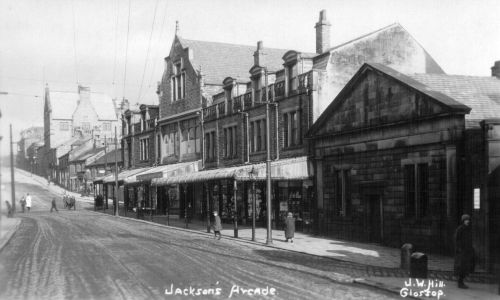
Jackson's Buildings early 1920s |

Jackson's Buildings early 1920s |

Sale of business at 1 Victoria Street, 1899 . |
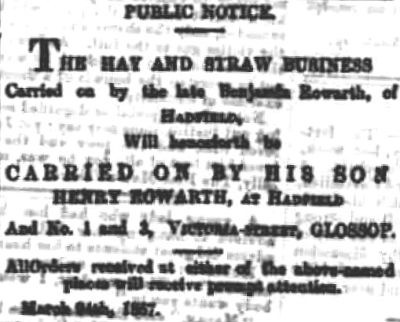
Henry Rowarth's advertisement 1887. |
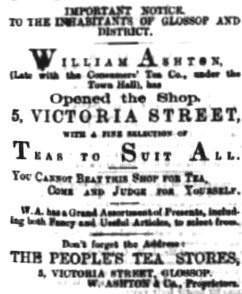
William Ashton's advertisement 1887. |
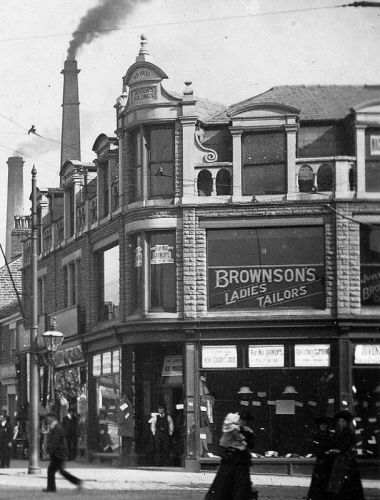
Brownson's, from a card posted in 1906. |

Cash & Co advertisement 1901. |
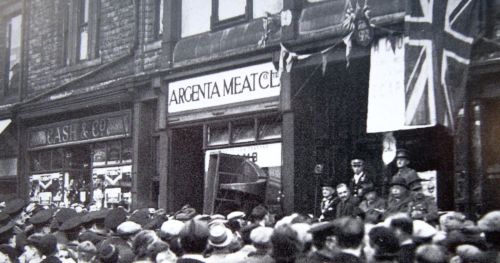
1 to 5 Jackson's Buildings, 4 May 1939, opening of the Recruiting Office. |
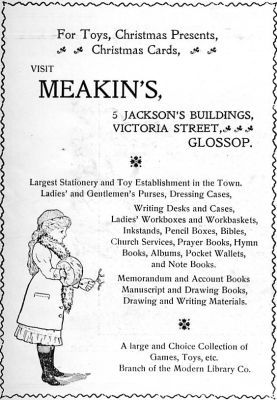
Meakin's advertisement 1901. |

7 Jackson's Buildings about October 1902 . |

Tweedale's advertisement 1926. |
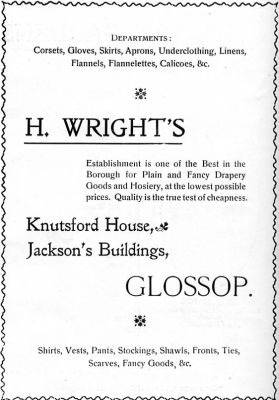
Wright's advertisement 1901. |
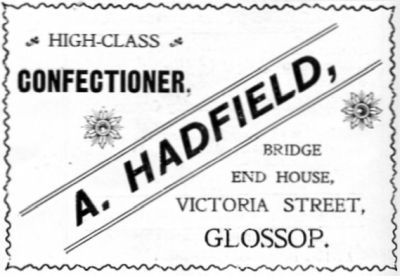
Amelia Hadfield's advertisement 1901. |
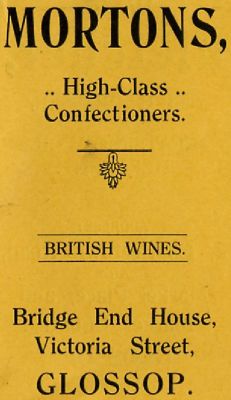
Mortons advertisement 1927. |

Hartley's advertisement 1928. |